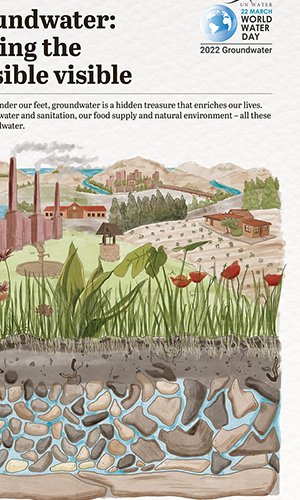With regard to water supplies, Italy is still dealing with a severe drought that has been ongoing since last summer. As a result of above-normal temperature increases, low rainfall and an advancing climate change, a 53 per cent decrease in snowfall was recorded in mid-February in the Alps, while the Po River basin recorded 61 per cent less water, according to the CIMA Research Foundation. The data provided by Legambiente speak for themselves and the current situation calls for immediate government action, so that we do not have to continually deal with water shortages. The environmental association proposed a national water strategy, structured in eight points, to the government to avoid water shortages instead of managing them after the damage has already occurred. The plan put forward by Legambiente envisages a series of short-, medium- and long-term measures that, on the one hand, favour adaptation to climate change while on the other making it possible to reduce the amounts of water drawn from sources immediately and avoid wastage.
1) Favour the controlled recharge of the water table by ensuring that the ever-decreasing and more concentrated rainfall remains in the area longer instead of flowing rapidly downstream to the sea;
2) Provide for compulsory collection of rainwater by installing water-saving systems and restoring permeability as well as by de-sealing measures in the urban environment; in agriculture by providing ponds and small reservoirs;
3) Structural measures are needed to make the integrated water cycle work efficiently, to ensure reductions in network losses and to complete work on purification;
4) Implement the reuse of purified waste water in agriculture through the necessary regulatory changes;
5) There is a need to convert the agricultural sector to less water-demanding crops and more efficient irrigation methods;
6) Use the Minimum Environmental Criteria in construction to reduce waste;
7) Encourage re-use of water in industrial cycles, also to reduce discharges of pollutants;
8) Introduce incentives and tax reductions for water, similar to those for energy efficiency measures, for all uses and for all sectors involved.





